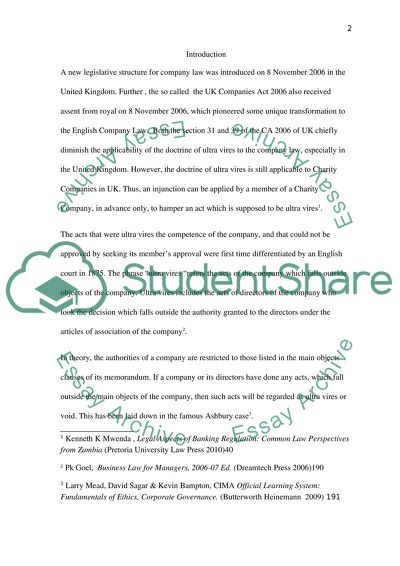Cite this document
(“A New Legislative Structure for Company Law in UK Coursework”, n.d.)
Retrieved from https://studentshare.org/law/1433448-ypsection
Retrieved from https://studentshare.org/law/1433448-ypsection
(A New Legislative Structure for Company Law in UK Coursework)
https://studentshare.org/law/1433448-ypsection.
https://studentshare.org/law/1433448-ypsection.
“A New Legislative Structure for Company Law in UK Coursework”, n.d. https://studentshare.org/law/1433448-ypsection.


